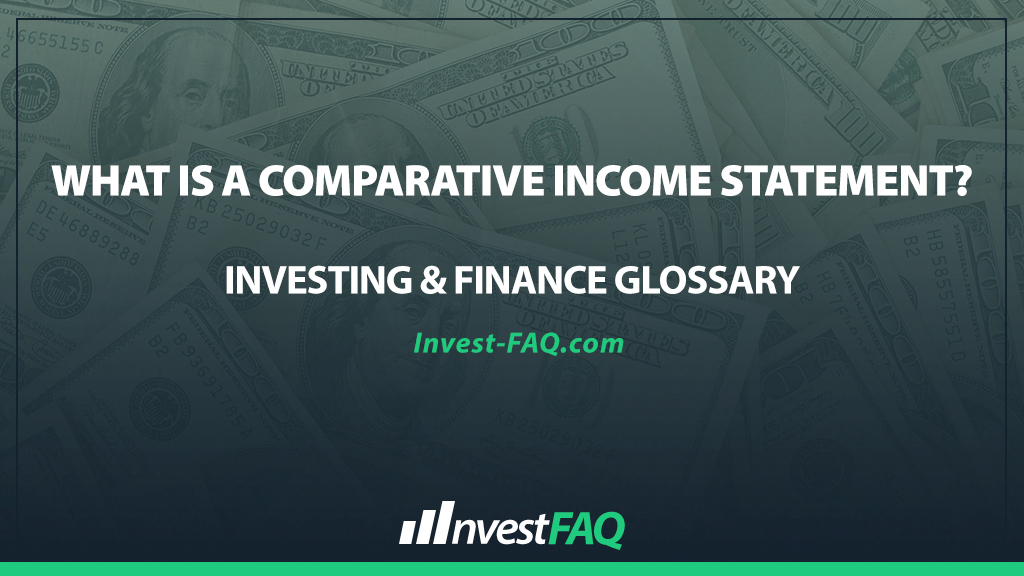
Comparative Income Statement
Contents
A comparative income statement is a financial document that presents a company’s income, expenses, and net profits over multiple periods side by side. This format facilitates the analysis of financial performance trends, efficiency changes, and profitability over time by comparing figures across different years or quarters.
Businesses leverage comparative income statements to evaluate their financial progress, identify patterns in revenues and expenses, and make informed decisions about future operations.
It is a crucial tool for management, investors, and creditors, enabling them to assess a company’s growth, cost management, and earning potential over time. By highlighting financial dynamics, this statement aids in strategic planning, budgeting, and forecasting.
Example of a Comparative Income Statement
“Deluxe Furnishings Co.” reports the following figures on its income statements for 2021 and 2022:
Revenue:
2021: $1,000,000
2022: $1,200,000
Cost of Goods Sold (COGS):
2021: $600,000
2022: $720,000
Operating Expenses:
2021: $200,000
2022: $240,000
Net Income:
2021: $200,000
2022: $240,000
In the comparative income statement for “Deluxe Furnishings Co.,” the side-by-side presentation of financial data from 2021 and 2022 reveals several key insights.
The company’s revenue grew by 20% from 2021 to 2022, with a corresponding increase in COGS and operating expenses, maintaining a consistent cost structure. The net income also reflects a 20% growth, indicating efficient management and scalable operations.
This comparative view helps stakeholders understand not only the growth trajectory but also how well the company manages its costs relative to its revenue growth.
Significance for Investing & Finance
The comparative income statement holds significant importance for several reasons:
Performance Evaluation: It allows for the evaluation of a company’s financial performance across different periods, helping to identify trends in revenue, expenses, and net income.
Operational Insight: By comparing how costs and revenues change over time, businesses can gain insights into operational efficiency, cost control mechanisms, and the impact of strategic decisions.
Investment Analysis: Investors and analysts use comparative income statements to assess a company’s financial health and growth prospects, influencing investment decisions.
Forecasting and Planning: The trends identified in a comparative income statement serve as a basis for forecasting future financial performance and informing budgeting and strategic planning processes.
In summary, a comparative income statement is an invaluable financial analysis tool that provides a multi-period perspective on a company’s financial performance.
By enabling detailed comparisons of income, expenses, and profits over time, it offers critical insights into a company’s operational efficiency, profitability trends, and overall financial health, guiding strategic decision-making and investment analysis.
FAQ
What is a comparative income statement?
A comparative income statement is a financial document that presents the income statements of a company for multiple periods side by side, allowing for easy comparison of financial performance over time.
How can a comparative income statement aid in financial analysis?
By displaying revenue, expenses, and net income across different periods, a comparative income statement enables analysts to identify trends, measure growth, and assess the effectiveness of financial strategies implemented by a company.
What kind of insights can businesses gain from preparing a comparative income statement?
Businesses can gain insights into their operational efficiency, cost management, and revenue growth trends, which are crucial for making informed decisions about future strategies and investments.
Is a comparative income statement only useful for internal analysis?
No, a comparative income statement is also valuable to external stakeholders, such as investors and creditors, who use it to evaluate the company’s financial health and performance over time.
